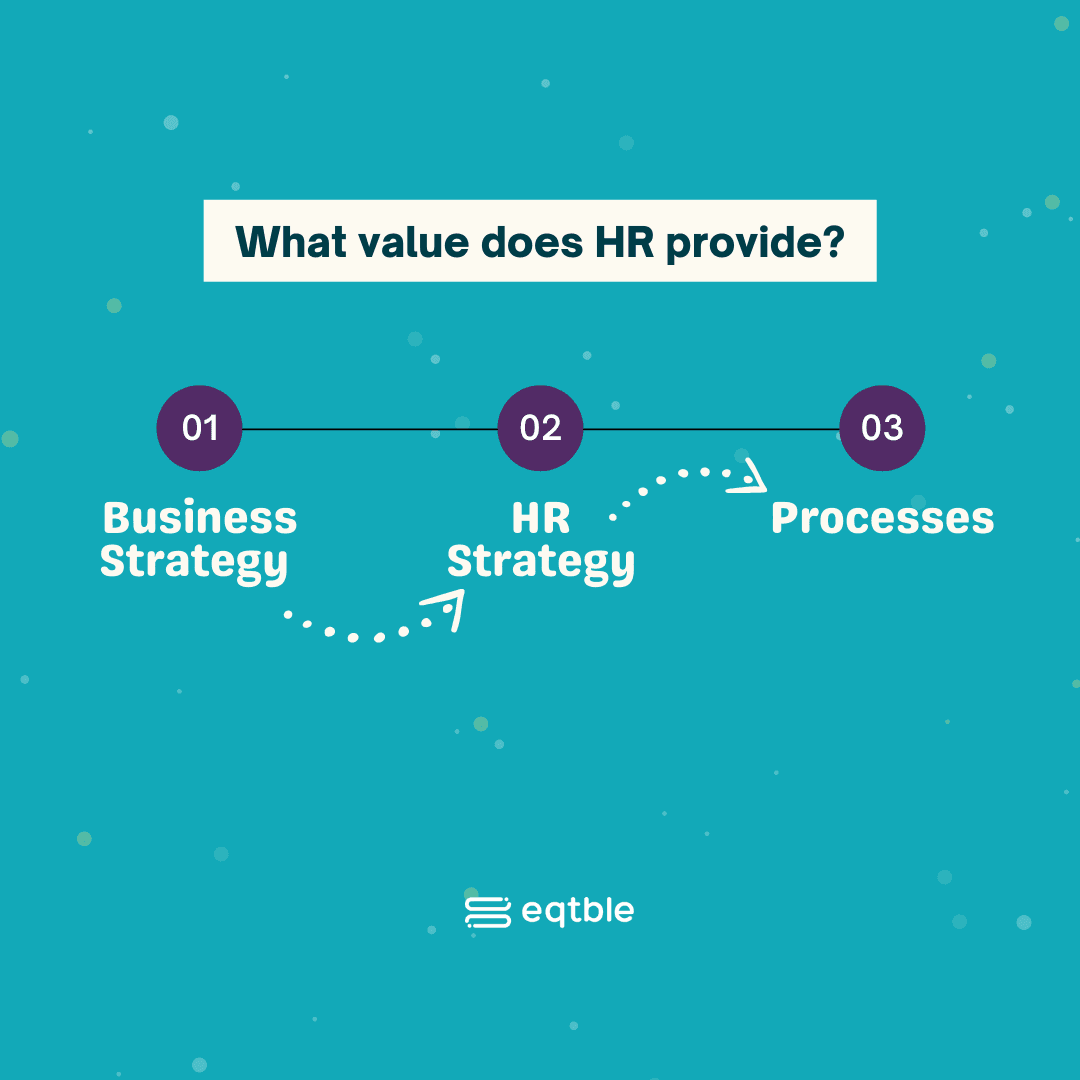HR Analytics
July 18, 2022
HR Analytics as a Key Driver of Business Success
You often hear leaders say, "people are our most important asset." If employees are crucial for business success, leaders should have a clear idea of what talent dimension impacts performance. But, this is not the case. According to Deloitte, only 9% of surveyed leaders have a good idea of how their employees influence their success.
Let that sink in. Companies acknowledge the importance of their employees to be and stay competitive but can't explain in detail the relationship between their workforce and business performance. In other words: They are blind.
If a business leader wants to open their eyes and understand the relationship between the workforce and business performance, they need to engage in HR analytics. Using data and analytical methods to make the best decision is a standard practice in other business units:
In marketing, analytics is used to compare different channel distributions.
Website and app design are improved using A/B testing.
The finance unit is running models to predict financial stability.
Why should HR not use analytics to pinpoint where there is a talent shortage, which training format is best suited for which employee type, what incentive structure works best in department X, how to reduce attrition among female engineers?
An example: Why is turnover higher among engineers?
A client noticed that turnover for engineers was high. This was an urgent problem for them, as engineers were crucial for their business success. Before doing any intervention or changes to the process, they decided to run some tests to pinpoint the problem. They asked themselves these questions:
Is the attrition problem widespread among engineers or not?
Is attrition driven by issues related to people or processes?
Looking at operational data collected by HR, we found out that attrition is only a problem for junior engineers.
The next step was to determine if junior engineers are leaving because of the interaction between people (e.g., teamwork, supervisor behavior, organizational culture) or if specific operational processes were suboptimal (e.g., training, career development, access to tools, rewards, pay).
After analyzing the survey and interviews, we realized that two work aspects were cumbersome: Junior engineers did not know how their careers could develop in the company, and the technology and tools they worked with were outdated and tiresome.
This little case study shows how leaders can develop fine-tuned solutions to their workforce problems by combining operational and survey data instead of initiating large changes with little impact. By tackling the issue of retention among junior engineers, the company increased employee satisfaction and improved performance.
Read more: Your top performers are actively thinking about leaving. How do you keep them?
What value does HR provide?

When companies started to have HR departments, their main task was to ensure the correct implementation of labor laws. It was a traditional 'backroom office' type of work. However, over the past 10 to 15 years, HR has been given a more and more strategic role.
By now, most companies have an HR strategy. This strategy goes beyond workforce planning and addresses all facets of hiring, managing, and developing people.
Some companies set the people strategy in tandem with the business strategy; others first develop the business strategy.
Subsequently, HR leaders create the HR strategy answering the question, "what people and skills do we need to execute on the business strategy?"
Of course, just having a strategy is not enough. Companies need to implement it. At this point, the value of HR becomes apparent: The HR department will create the necessary processes to support the HR strategy, and in turn, the business strategy.
Who should get what training?
Which incentive structure is optimal for what employee group?
How can we prepare the next generation leaders?
HR analytics helps companies understand the interaction between HR processes, employee behavior, and business outcomes. To know what value HR provides to the business, they need to understand this interaction.
Linking HR to business success
HR is not only a backroom function. Its crucial role is to ensure that the company has the right skills to execute a business strategy.
It might sound that a company's success depends on the engineering team developing features or the marketing team creating enticing campaigns. But for these business units to achieve and exceed their performance metrics, they need motivated and skilled employees. And this is where HR comes in.
HR makes sure that employees are motivated through appropriate incentives and rewards. HR makes sure that high-quality training is delivered. HR solves recruitment and retention bottlenecks. Using analytics helps HR departments make the right decisions.
How can you start with HR analytics?
The essential aspect of HR analytics is to know your stakeholders. Stakeholders are not just people in the HR department but employees and leaders of other business units. According to a report by Oracle, HR analytics is better at delivering insights to HR leaders than to top, middle, and line managers and employees.
HR can only provide valuable insights to other stakeholders if they are talking with them. This means breaking down departmental silos and listening to stakeholders' challenges, desires, and goals. As in other areas, you can only add value if you know your audience.
The second step is technical: Create reliable data. There is no doubt that when data is spread out in multiple places, it becomes hard to collect and use it. Many companies add data from different sources but collecting and using them together becomes a problem.
The solution lies in integrating and cleaning all the data in one place. Without reliable data, there is no sense in doing any HR analytical project.
HR analytics is about using the same rigor and practice common to other business areas when making people-related decisions.
It's about realizing that creating and developing a skilled workforce ready for today and tomorrow's challenges requires a systematic approach.
Using numbers and scientific methods to make people-related decisions does not reduce people to numbers but signals that people-management is taken seriously.
Make decisions with data you can trust
At eqtble, we’ve found the answer to getting clean data, fast. Our platform delivers complete, reliable data audits to enable better employee decisions. Want to know more?







